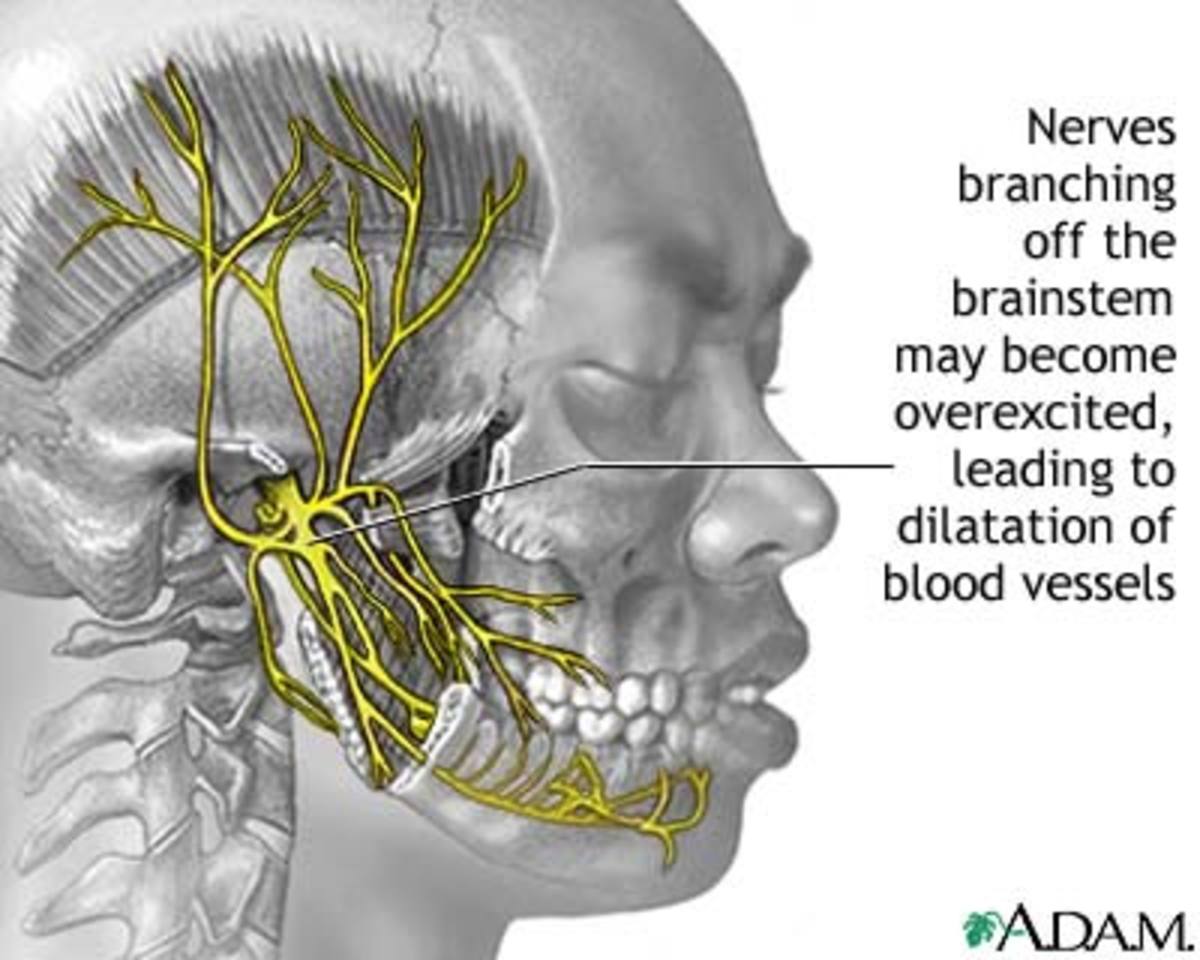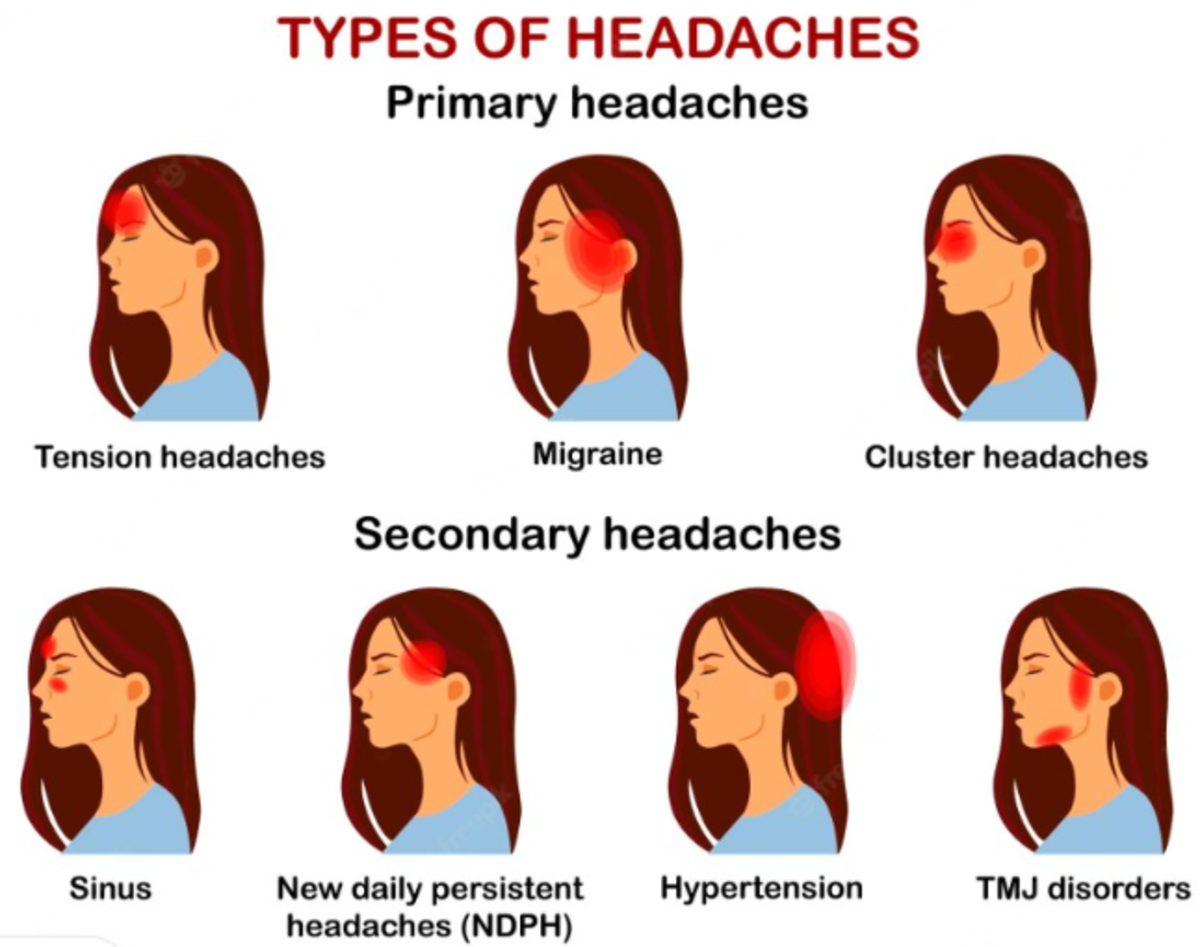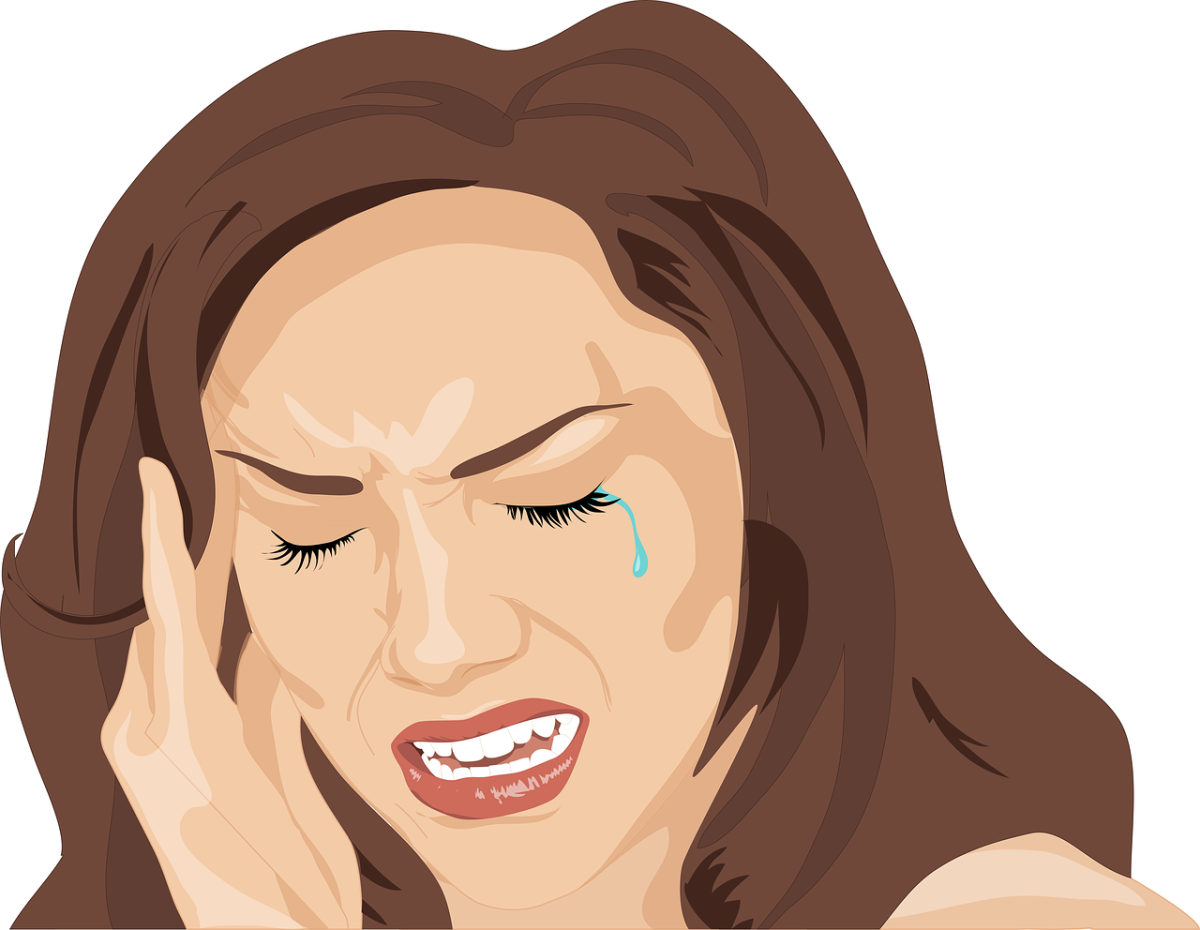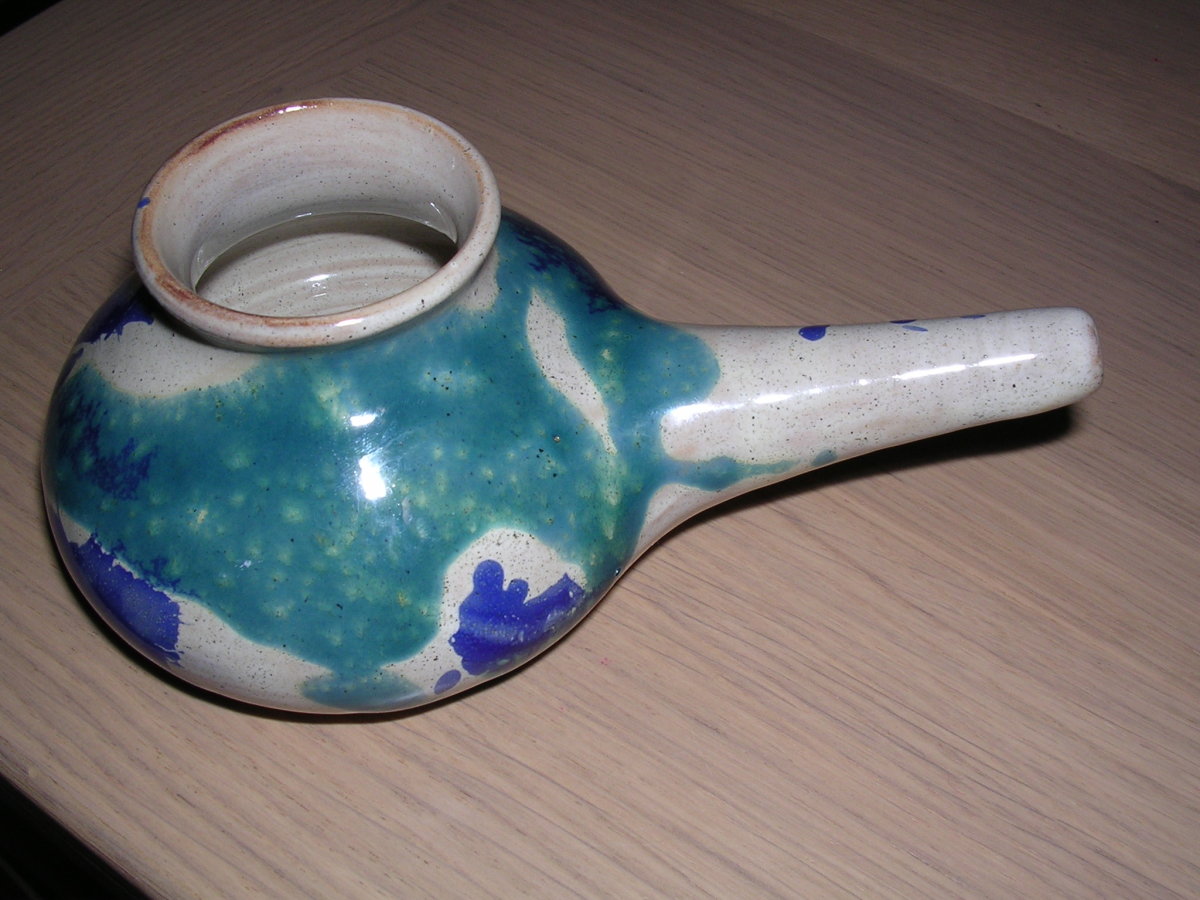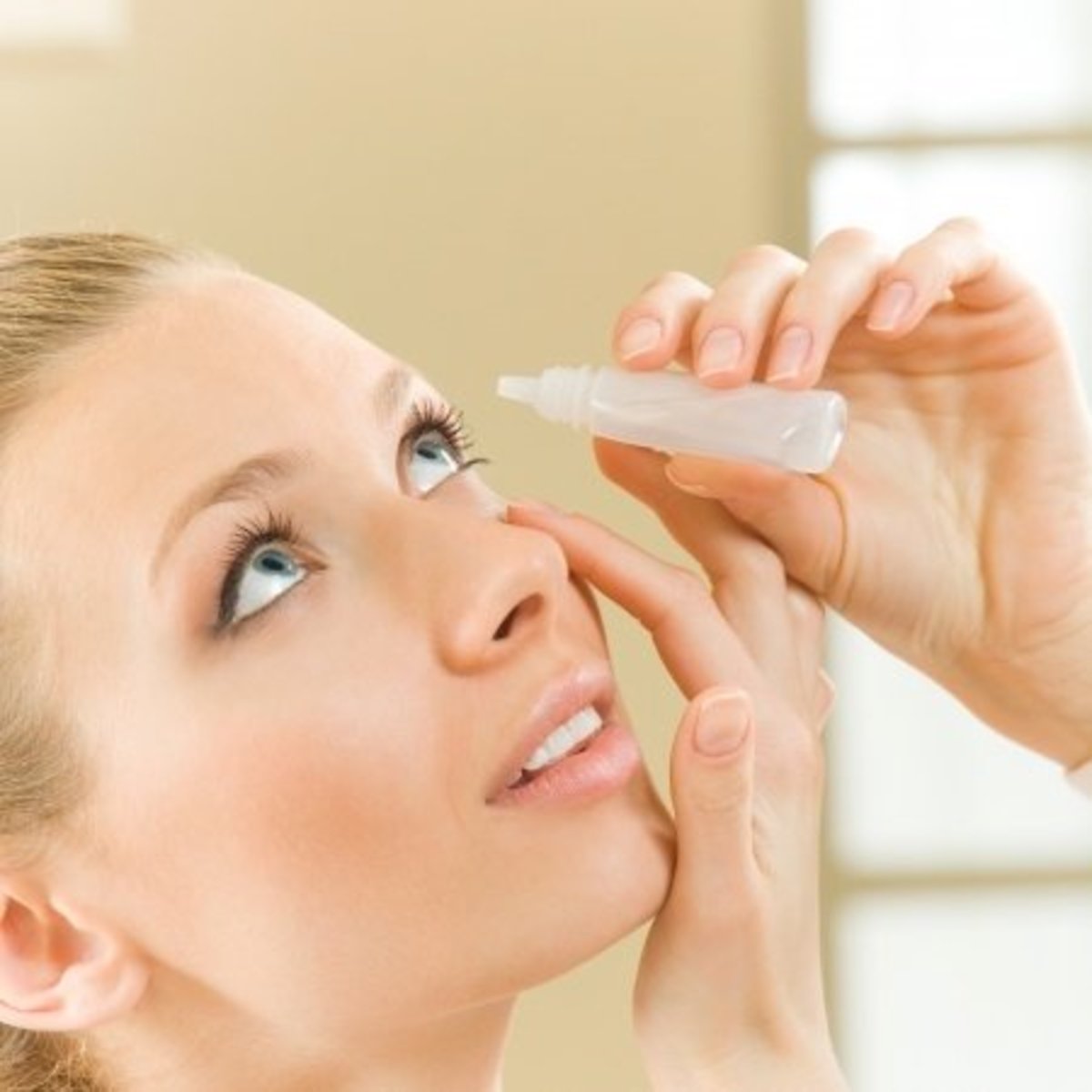Some Facts About Migraine
Some Facts About Migraine
A number of complaints can make man and women so miserable without killing them off as migraine. I myself experience migraine once or twice a month and it makes me feel so uncomfortable. It is estimated that two to eight million people in the United States alone are incapacitated periodically by migraine headaches. Heredity plays a leading role and the tendency to migraine is usually inherited from the mother.
Over half the cases of migraine start between the ages twenty and thirty. Most however commence between sixteen and thirty-five. In a few cases migraine has been encountered in children as young as two years old and in the elderlies as well on in their seventies. Rural inhabitants and manual laborers appear to be less often affected by migraine attacks than city dwellers and mental workers.
Symptoms of Migraine
Actually, migraine is not a disease but a group of symptoms. In general, attacks last from a few hours to several days. Migraine headaches are usually limited to the head but may go out of bounds to include the face and even the neck. Because migraine headaches are often associated with nausea and vomiting , they are called “bilious”. There are times that migraine attacks are accompanied by visual disturbances in the form of blurring vision, flashes of bright and zigzag light, dark spot before the eyes, temporary blindness or double vision.
In certain people, the migraine attack is coupled with dizziness, numbness or tingling of the hands and feet, dryness of the mouth, excessive sweating and sensation of chilliness. In severe attacks, the sounding of a little noise or the presence of strong light or other external stimuli. Hours or even days before an attack of migraine , the patient may experience a lack of sense of well-being, diminished energy, a feeling of exhaustion, as well as irritability, drowsiness or pronounced fatigue.
Causes of Migraine
It has been demonstrated that migraine is usually due to or associated with the widening of some of the important arterial blood vessels in the neck and in the brain. When the blood vessel widen, the blood then goes pounding through them with additional force. This result in the stimulation of nerves which produces pain. Thus, some forms of drug therapy for the relief of migraine are given to contract the arteries and eliminate the “trigger “ responsible for headache.
Migraine and Personality Type
During recent years doctors have noticed that many but not all, patients who have migraine headaches possess a characteristic personality type. These people have the tendency to be perfectionists, highly emotional, tense and over conscientious. They are usually above average in intelligence and often react strongly to criticism. A distinctive feature of the migraine temperament is easy fatigue; in other words the subject will enjoy himself one moment, and will the next.
The woman who is subject to migraine headaches is apt to be meticulous, neat, orderly, fastidious, and overly efficient in her housework. The man who is disposed to migraine is oftentimes exacting and overly ambitious, with an exaggerated sense of responsibility and an inclination to fret and worry. Both are people who take an additional tasks and who are intolerant or relaxed standards in others. The migraine personality takes life seriously and feels responsibility keenly.
Since emotional disturbances are one of the exciting causes of migraine, any change from normal activity may bring on an attack. Worry, hurry, anger, frustration, fatigue, overwork or excitement can set off the chain reaction that precipitates migraine explosion.
Treatment of Migraine
In the treatment of migraine, there are two major approaches: first, that of preventing attacks or shortening the individual attack; second, that of lengthening the intervals between attacks by means of proper remedies. Since migraine is a complex disorder it must be understood from the start that a certain method that cures one person may not necessarily be the same method to help another person. Therefore there is a need for extensive examination and treatment for sufficient control of the condition.
Perhaps the best known treatment for migraine has been the use of a drug derived from ergot, a substance commonly employed by physician to control obstetrical hemorrhage. Several years ago it was known that ergotamine tartrate would stop headaches in a large percentage of individuals if taken early enough in an attack,while in others it will shorten the attack. This drug is neither a sedative or narcotic but acts by constricting the widened or dilated arterial blood vessels. As in the case with many drugs, ergotamine tartrate is dangerous if used indiscriminately and should not be taken by a person with high blood pressure or hardening of the arteries.
According to Dr. Walter C. Alvarez of Mayo Clinic, a safe method of treatment for migraine patients is the inhalation of pure oxygen through a special mask will give relief to migraine effectively.
For the past few years, nicotinic acid (not related to the nicotine of cigarette) has been tried with varying degrees of success in different forms of headaches including migraine.
The Aspirin tablet is a safe drug to use and probably one of the most effective.
Numerous migraine victims could become reasonably comfortable if they would correct faulty modes of living and undesirable environmental factors. By trying to discover precipitating disturbances and equally important by avoiding them, they would be able to reduce the frequency of attacks. Certain patients have achieved almost complete relief by simply reducing excessive food and water intake. Another of great importance is a regularity in living - literally the three R’s, regular habits, regular meals and regular hours of sleep.
This hub is an excerpt from the book “ How To Get Rid of Headaches “
Published by ROGEN Corporation ( California, USA)


